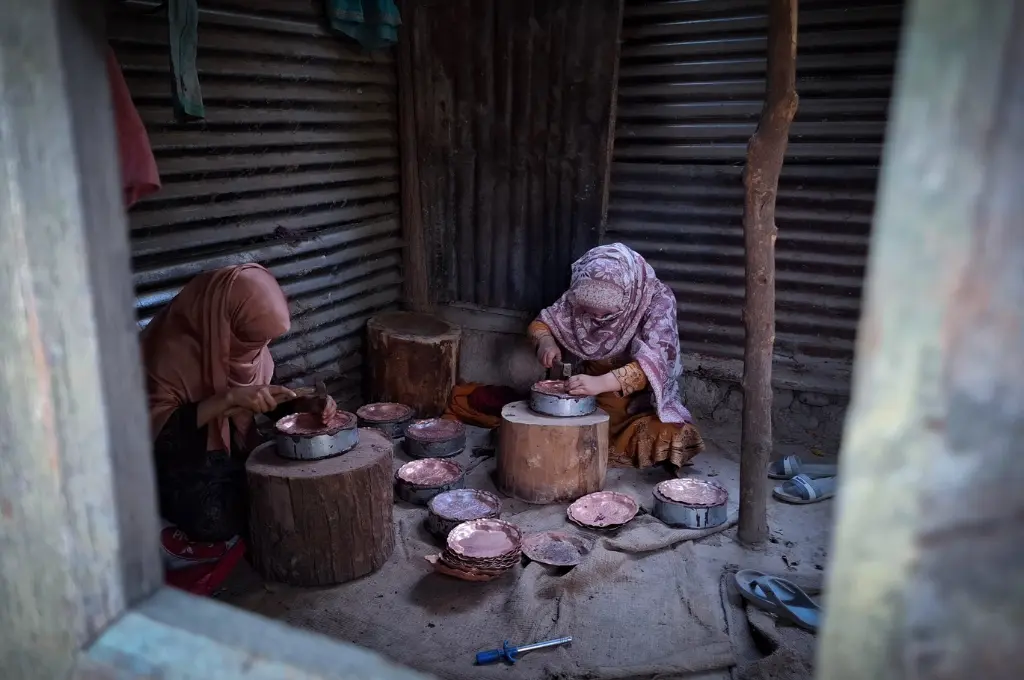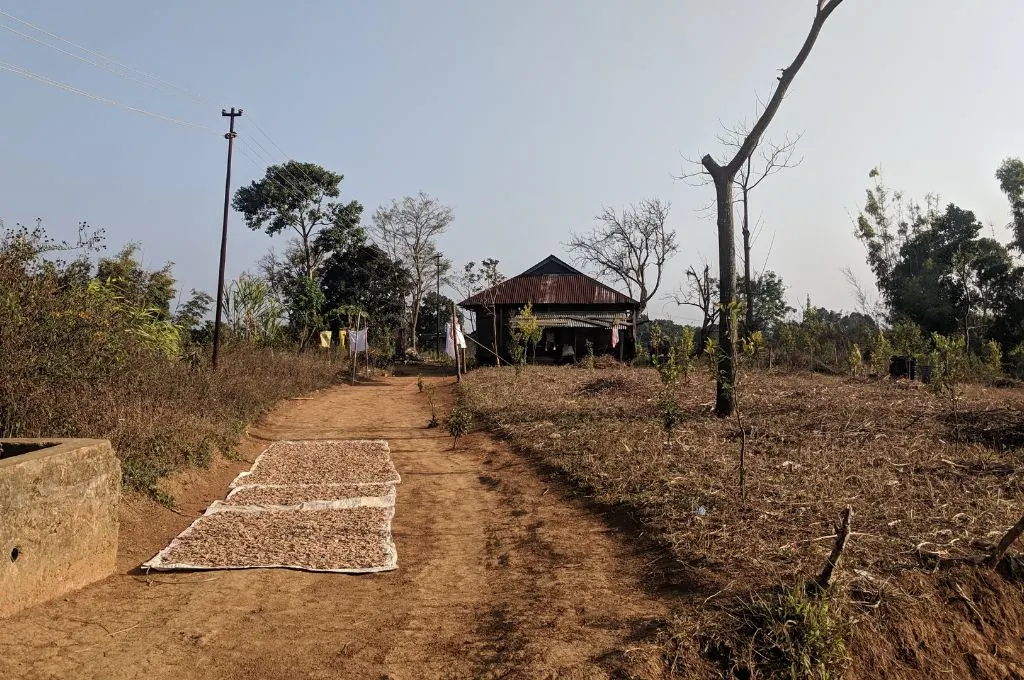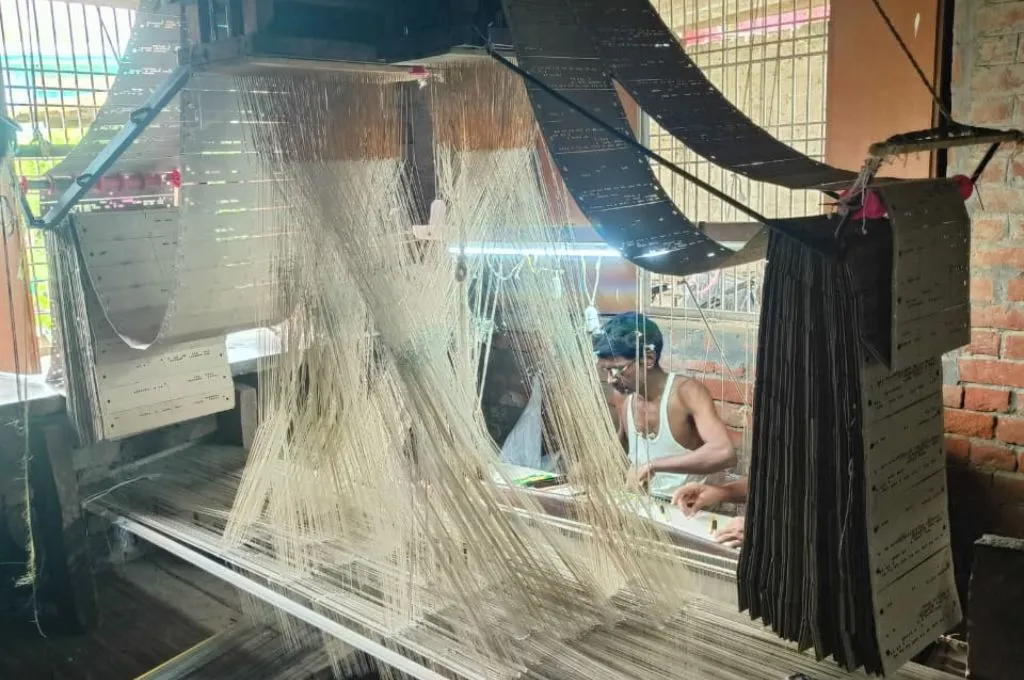Can Pulwama’s new coppersmiths compete with the machines?

Amid the rising unemployment crisis in Jammu and Kashmir, coppersmithing is witnessing a revival in rural areas of districts like Pulwama. As popular livelihoods sectors such as horticulture and tourism are undergoing a decline, this centuries-old craft tradition has become a viable alternative for people struggling to make ends meet.
Since 2014–15, there has been a rise in demand for copper utensils in Jammu and Kashmir, with markets both within and outside the state. Seeing it as an opportunity in a dwindling economy, many young people in the villages have now taken up the art form.
“Before 2014, few individuals practised it,” says Zahoor Ah Kumar, 30, from Pulwama’s Tral subdistrict. Zahoor has been practising the craft for more than a decade. “I chose to leave daily labour because it would pay me only INR 500 a day. Since I started coppersmithing, I have achieved financial stability.”

Tral has become the hub of coppersmithing in Kashmir. Zahoor says, “Many individuals from districts such as Budgam, Srinagar, and Anantnag have learned coppersmithing in Tral and are now practising it in their own areas.” Zahoor himself has taught the craft to 16 artisans.
Given the profits, Zahoor’s family members have also joined the business. Nasreena Begum, Zahoor’s wife, shares the challenges associated with coppersmithing but believes that the dividends are worth the effort. She says, “The work is difficult, requiring the use of a hammer to shape copper and significant effort to create designs on utensils such as plates and samovars. But I view this work as an opportunity to contribute to my family’s income, particularly for my children’s education.”
The advantage of coppersmithing is that it can be done at home, making it more manageable in the summer heat than other forms of manual labour that require people to be out in the sun.
However, the popularity of the craft has also led to mechanisation. Those who could grow their copper utensil businesses have started investing in machines to increase the production. Traditional practitioners, who have limited resources, see this as early signs of a threat to their survival.
“Machines can produce 50 plates a day, complete with designs, while a skilled artisan can only make 15 to 20 by hand. This shift is not just about quality or quantity—it threatens the identity of the craft. Machine-produced items are labelled as traditional, but they lack authenticity,” says Nisar Ah Kumar, a second-generation coppersmith based in Tral.

It doesn’t help that machines are also being used to create contemporary designs on copper, which has a bigger market. Doing the same by hand is far more difficult.
Despite what the future may hold, currently coppersmithing is the primary source of income for people like Nisar. “Even if my output is less than that of machines, this work allows me to purchase what I need.”
Ilhak Ahmad Tantray and Umer Farooq Zargar are freelance journalists based in Srinagar, Jammu and Kashmir.
—
Know more: Learn why Kashmir’s farmers would rather grow vegetables than apples.
Do more: Connect with the authors at ilhaktantray98@gmail.com and iamumerfarooq9753@gmail.com to learn more about and support their work.




